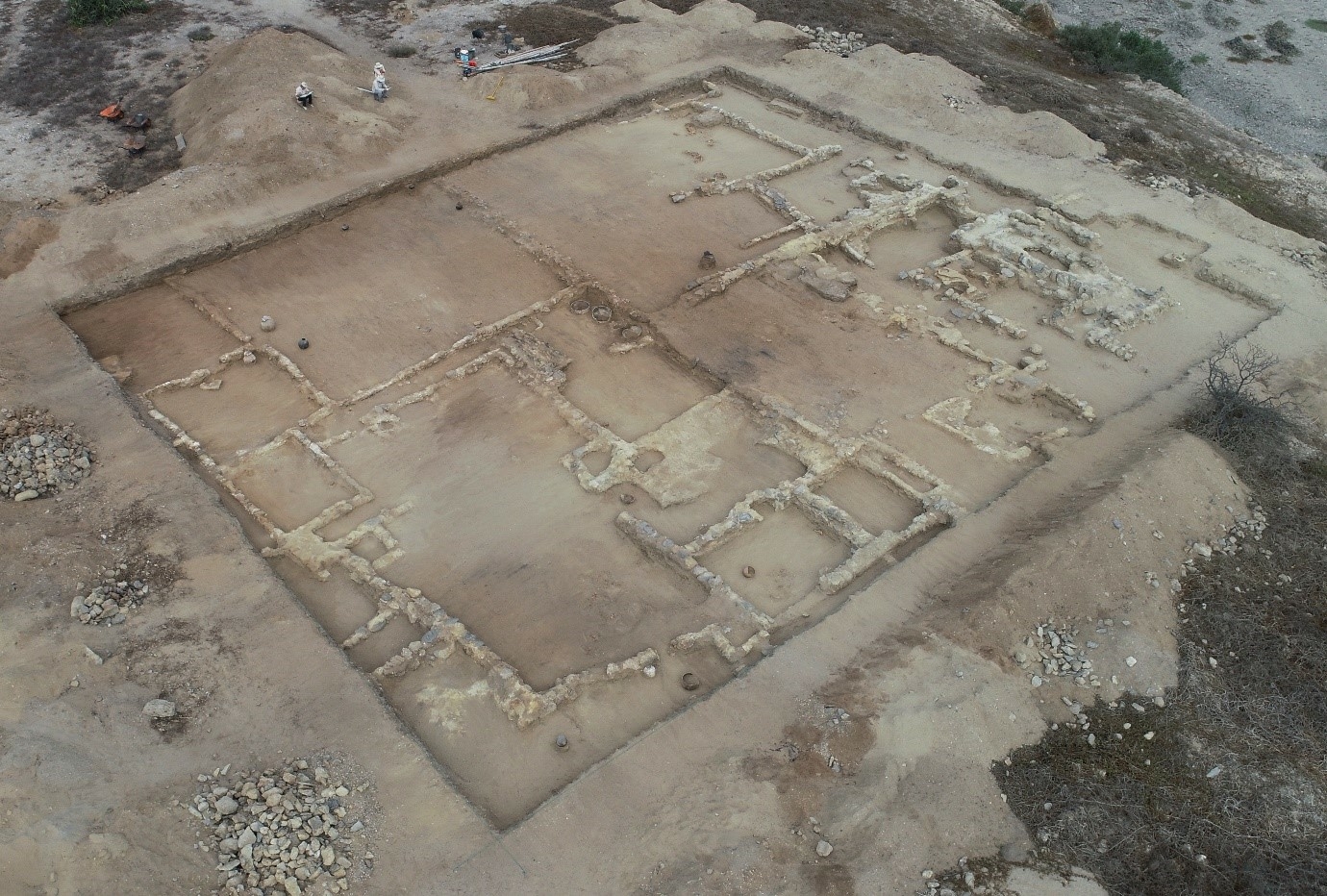Huaca Amarilla
Huaca Amarilla is located in one of the most arid deserts in the world and is periodically affected by powerful natural hazards, such as the climatic phenomenon known as El Niño. Our aim is therefore to deepen our knowledge of the relationship between ancient societies and the environment, including the use of natural resources and the methods employed by humans and animals to acclimatise and adapt to the desert.

The living and the young dead
The site was discovered in 1972 by Peruvian researcher Mercedes Cárdenas, and the first excavations were carried out between 2015 and 2018. This investigation brought to light architecture of a monumental nature without parallel in this region, a long period of occupation from the 9th to the 15th centuries CE, and a funerary sector catering specifically for the burial of babies who died before or within one week of birth, infants and children.
A desert site
The Huaca Amarilla site is located on a small terrace at an altitude of around ten metres on the edge of the Illescas massif. It is 300 metres long and 260 metres wide and covers an area of approximately 5 hectares. It is organised around two stone buildings and a large domestic area. The first structure appears to have been a residential area occupied by the local elite, while the second was used for storing and preparing food. The domestic area extends over the rest of the terrace and was composed of large patios, storage structures – rooms or large jars – and sizeable hearths. These finds help us better understand the role of this site in the Sechura desert.
A cemetery for young people
A discovery on the edge of this area opened up new and unexpected avenues for research. A funerary sector specialised in the burial of babies who died before or within one week of birth, infants and children was discovered in the southwestern part of the domestic area. A total of 117 juveniles were buried in this cemetery and only one adult. These young people were placed around a rectangular structure probably used as an altar and place of worship. A large number of grave goods including vases, necklaces, bracelets and wooden artefacts were buried with the deceased. This remarkable burial area has shed fresh light on funerary practices concerning juveniles and informed debate on the ways in which young people acquired a social existence and status in the prehispanic societies of the Central Andes.
Bringing the project to light
As part of this research, the experience of working on an excavation mission abroad and the process involved were documented in order to bring the project to light. This work, carried out in conjunction with the CNRS Images, Labex DynamiTe, the INSHS and the Institut Français d’Études Andines, resulted in the incorporation of 457 photographs into the photo library of the CNRS Images and the creation of a travelling exhibition. This photographic exhibition was presented at the National Museum of the Archaeology, Anthropology, and History of Peru (MNAAHP) in Lima (Pueblo Libre) and at the Alliance Française in Trujillo, and the headquarters of the CNRS and the Labex Dynamite in France. It explores the different stages of the work carried out by archaeologists, from preparing the ground to excavating a site and performing a laboratory analysis of the finds after the excavation is complete.
Project supported by the French Ministry for Europe and Foreign Affairs on the advice of the Excavation Committee (Commission des fouilles).
Useful links
- Project webpage on the website of the ArchAm laboratory
- Photos available in the photo library of CNRS Images
- Blog on the archaeology of the Piura region





